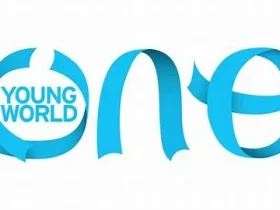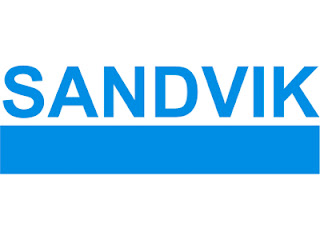Book Synopsis
Parallel economies and their currencies:
Many parallel economies (with their currencies) have flourished in the past and still exist today. Their principles and benefits – often overlooked by economists – are worth learning through historical and modern examples. In continuation, could an innovative parallel economy fit in our society?
to reduce inequalities… and contain global warming:
As the middle class is hurting, especially in rural America, could a parallel economy help the underprivileged and win over everyone?
Could the last chapter’s Green-Market System work? To be successful, such a System must create jobs with good wages… and convincingly cut down CO2 emissions. Would this System be too good to be true?
Excerpt:
The economy matters. A strong economy will generate goods and services to be redistributed (hopefully fairly) according to the wages of the people. On the contrary, no output means not much to redistribute, even not much to tax and pay for infrastructure, healthcare, defense, and other governmental projects.
What drives economic output? Well, the most successful system has been capitalism, despite its flaws. It should mix free-enterprise, fair regulations, and funding of new ideas. And, it is wise to understand it before criticizing it.
To explain capitalism, the best illustration happened in the 18th century, when the British economy dramatically increased its output, and unexpectedly sparked a revolution of a new kind: the Industrial Revolution. Moreover, it is important to understand the financing of the Industrial Revolution in order to understand how to fund a Green Revolution.
This Industrial Revolution was made possible by new monetary tools that avoid deflation (which is explained in free half book on findtheflaw.com/free).











